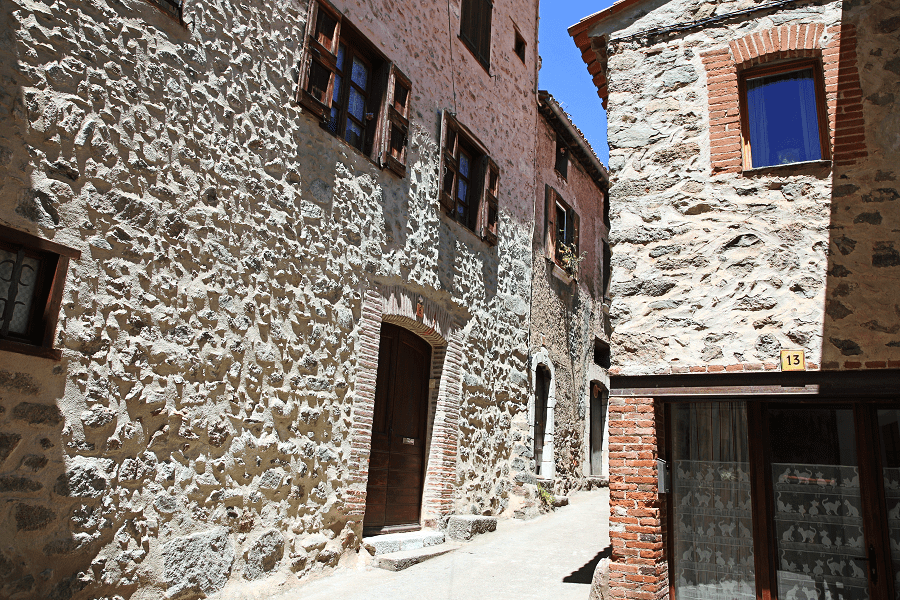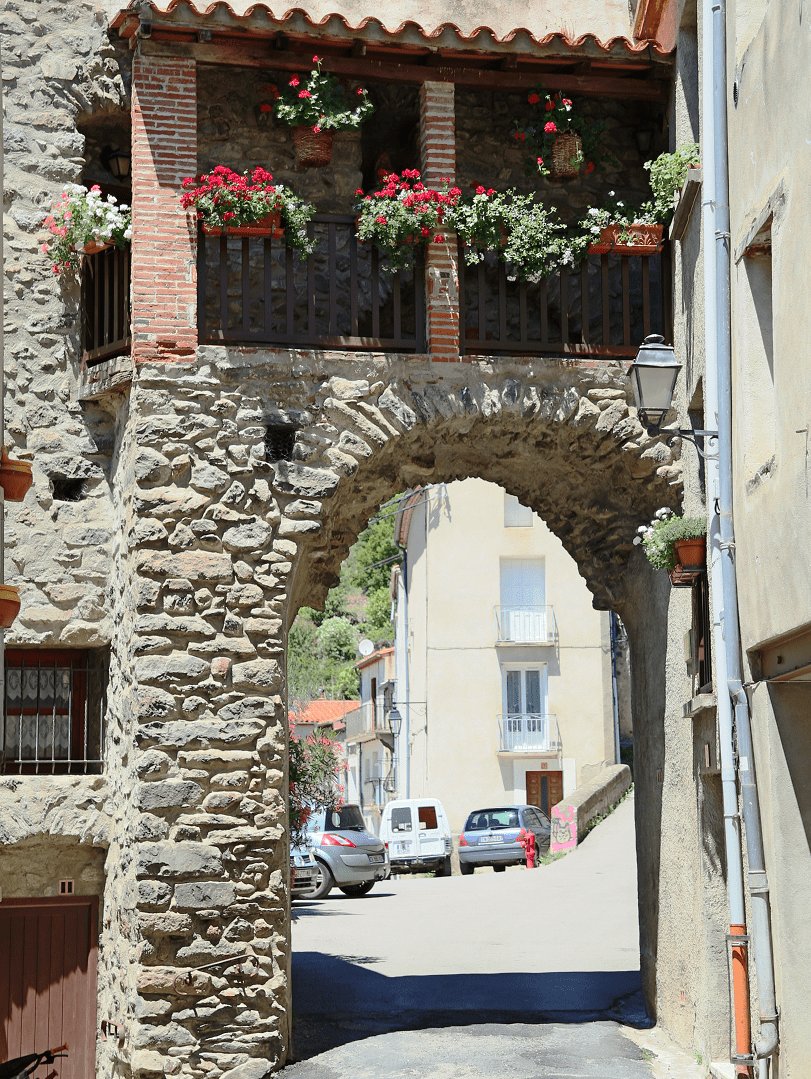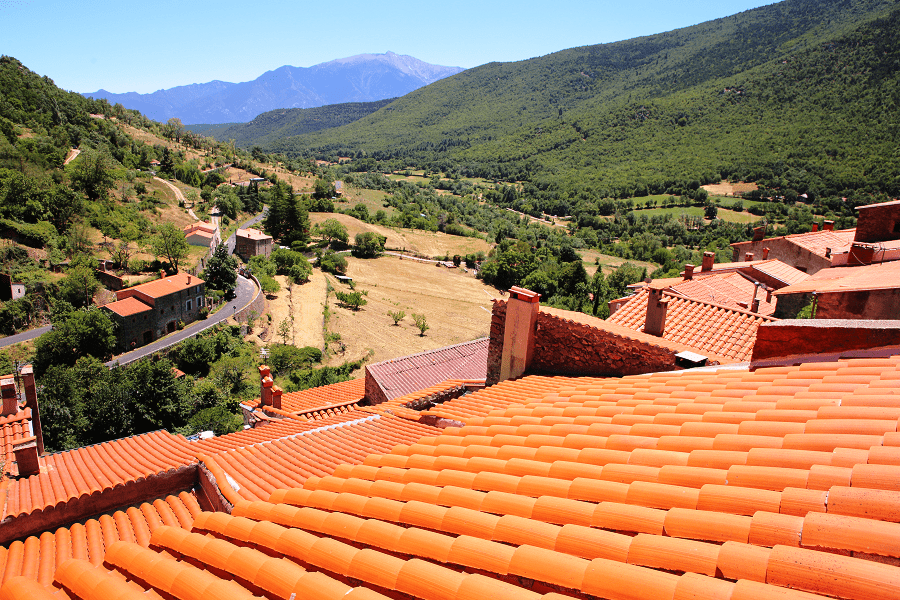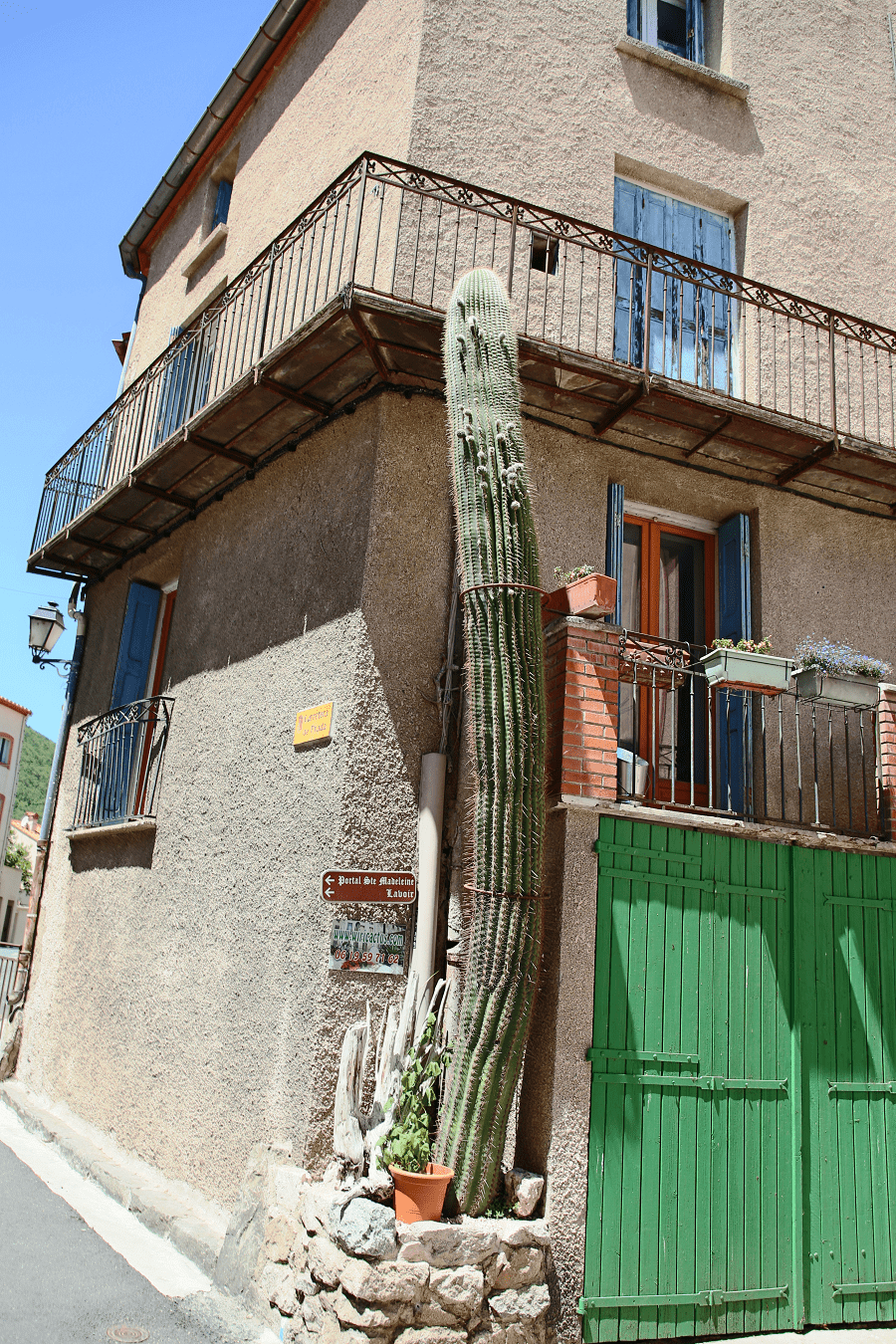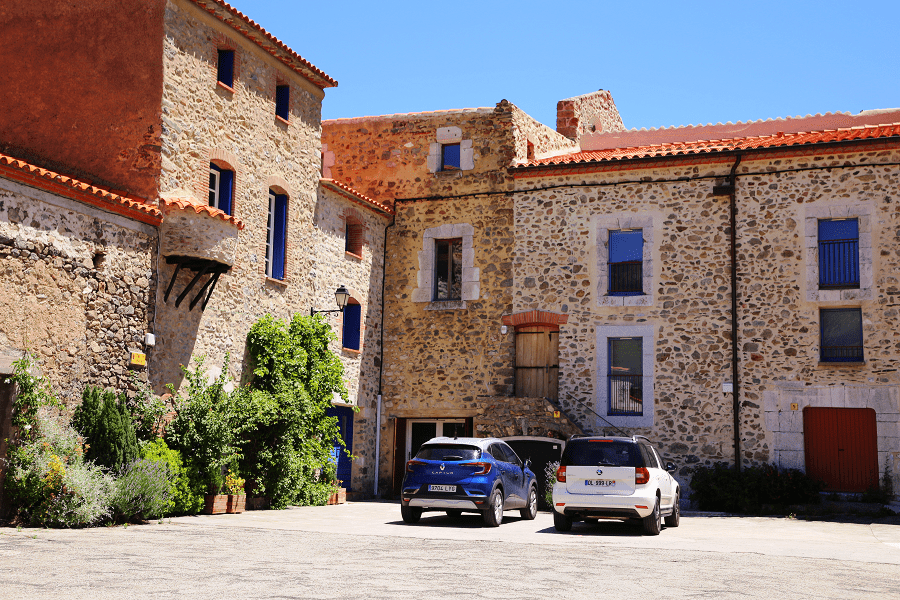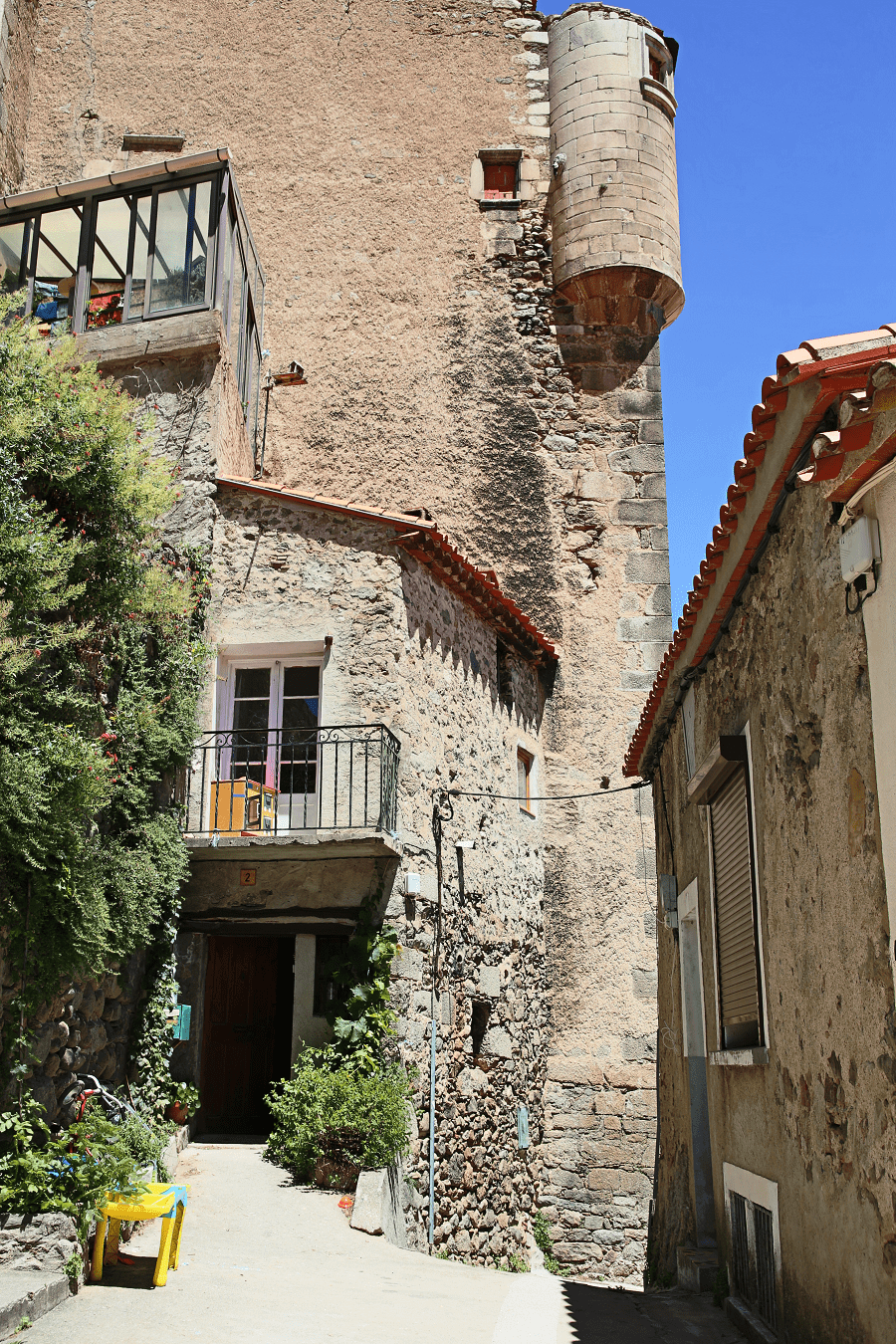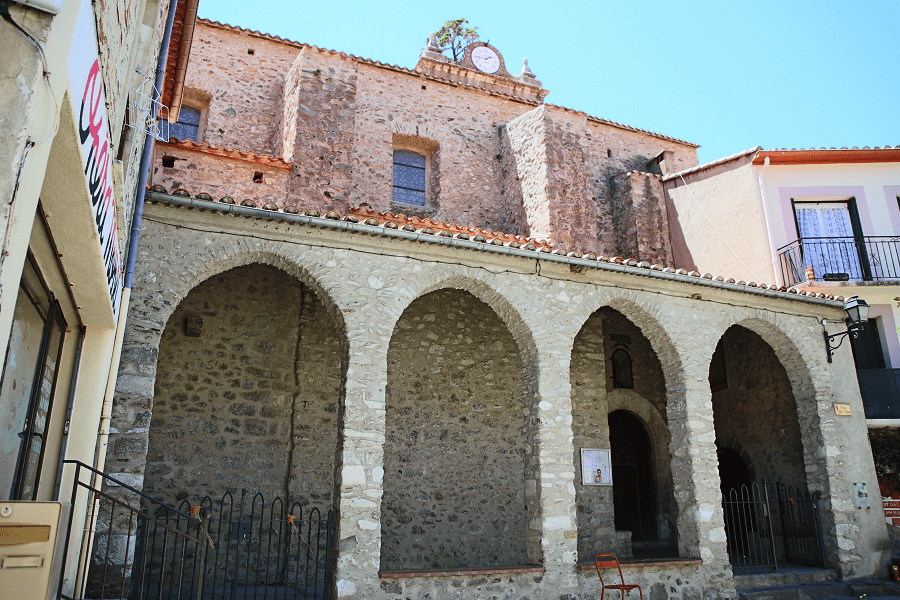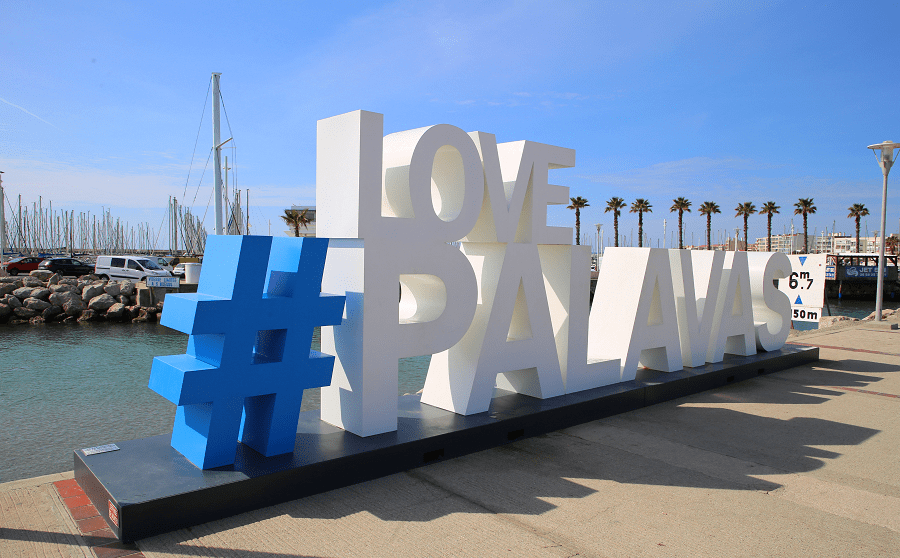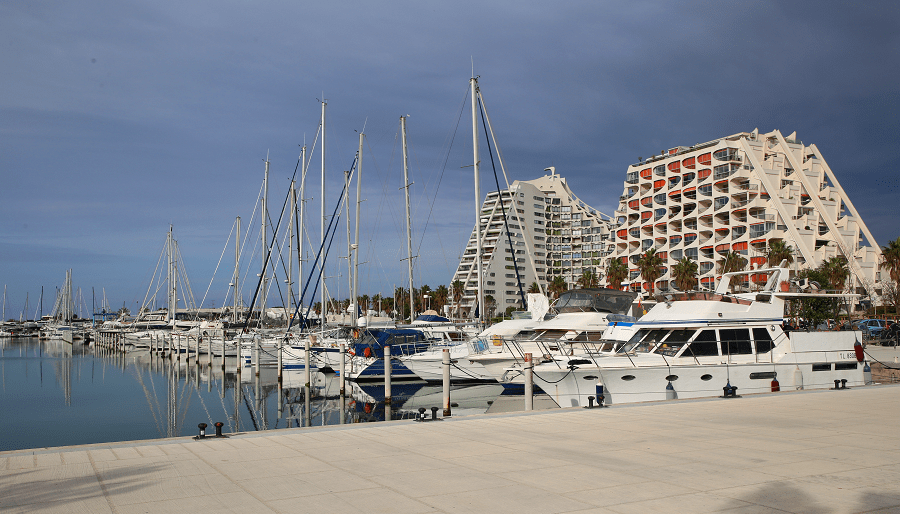Mosset is a commune in the Pyrénées-Orientales department in southern France (Occitania, Pyrenees).
Exposed to an altered oceanic climate, it is drained by the Castellane and various other small rivers. Included in the regional natural park of the Catalan Pyrenees, the town has a remarkable natural heritage: two Natura 2000 sites (the “massif du Madres-Coronat” and the “massif de Madres-Coronat”) and eleven natural areas of ecological interest, flora and fauna.
Mosset is a rural town with 318 inhabitants in 2019, after having experienced a population peak of 1,333 inhabitants in 1836.
It is part of the Prades attraction area. Its inhabitants are called Mossetans or Mossetanes.
The village is a part of the Most beautiful villages of France (Les Plus Beaux Villages de France) association.
It is located 45 km from Perpignan, prefecture of the department, and 8 km from Prades, sub-prefecture.
Main attractions
A protected area is present in the town: the regional natural park of the Catalan Pyrenees, created in 2004 and with an area of 139,062 ha, which extends over 66 towns in the department. This territory ranges from the market garden and fruit beds of the low altitude valleys to the highest peaks of the Pyrénées-Orientales, passing through the great massifs of scrubland and Mediterranean forest.
The Natura 2000 network is a European ecological network of natural sites of ecological interest developed from the habitats and birds directives, made up of special conservation areas (SACs) and special protection areas (SPAs)Note 5. A Natura 2000 site has been defined in the municipality under the habitats directive:
- the “massif de Madres-Coronat”, with an area of 21,363 ha, offers a multitude of vegetation with both supra-Mediterranean scrubland, pine forests with Scots pine or mountain pine, as pure beech forests or beech-fir forests, moors with purgative Broom or Rhododendron, or even alpine lawns and under the Birds Directive;
- the “massif du Madres-Coronat”, with an area of 21,396 ha, is of great ecological interest for 17 species listed in annex I of the birds directive, including the bearded vulture.
Monuments and tourist places
- Tower of perfumes.
- Classified “city of Arts and History”.
- The remains of its 11th-century castle, today divided into several private residences.
- The Mascarda tower, a quadrangular watchtower with signals dating from 1242 ensuring the surveillance of the Col de Jau.
- The Saint-Julien-le-Vieux church, Romanesque church in ruins.
- The new church of Saint-Julien and Sainte-Basilisse, built from the 14th century.
- Saint-Etienne church in Breses.
- Sainte-Marie de Jau Abbey, former Romanesque abbey, in ruins.
- Church of St. Mary of Vedrinyans, also in Romanesque style, currently called “La Capelleta”.
- Chapel of Our Lady of Corbiac. The building was listed as a historical monument in 2000.
- Dolmen of Peyrelada.
- The rock engraved near the cortal of Joan Loyga during the plague in 1653.
- The rock engraved in front of the Cobazet building in 1862 bearing the names Lavila Pares.
How to get to?
From Paris: 9 hr 1 min (897 km) via A71 and A75
From Toulouse: 2 hr 45 min (255 km) via A61
From Barcelona: 2 hr 51 min (239 km) via AP-7
From Madrid: 8 hr 22 min (738 km) via A-2
From Andorra: 2 hr 33 min (128 km) via N116
From Monaco: 5 hr 33 min (546 km) via A8 and A9
From Moscow: 39 hr (3,472 km) via E30/M1
From Istanbul: 31 hr (2,799 km) via E70
Main information
Area: 71 sq. km (commune)
Coordinates: 42°40′09″N 2°20′56″E
Population: 318
Language: French, Catalan
Currency: euro
Visa: Schengen
Time: Central European UTC +1
See here Pyrenees travel guide
See here France travel guide
See here Spain travel guide
See here Andorra travel guide





